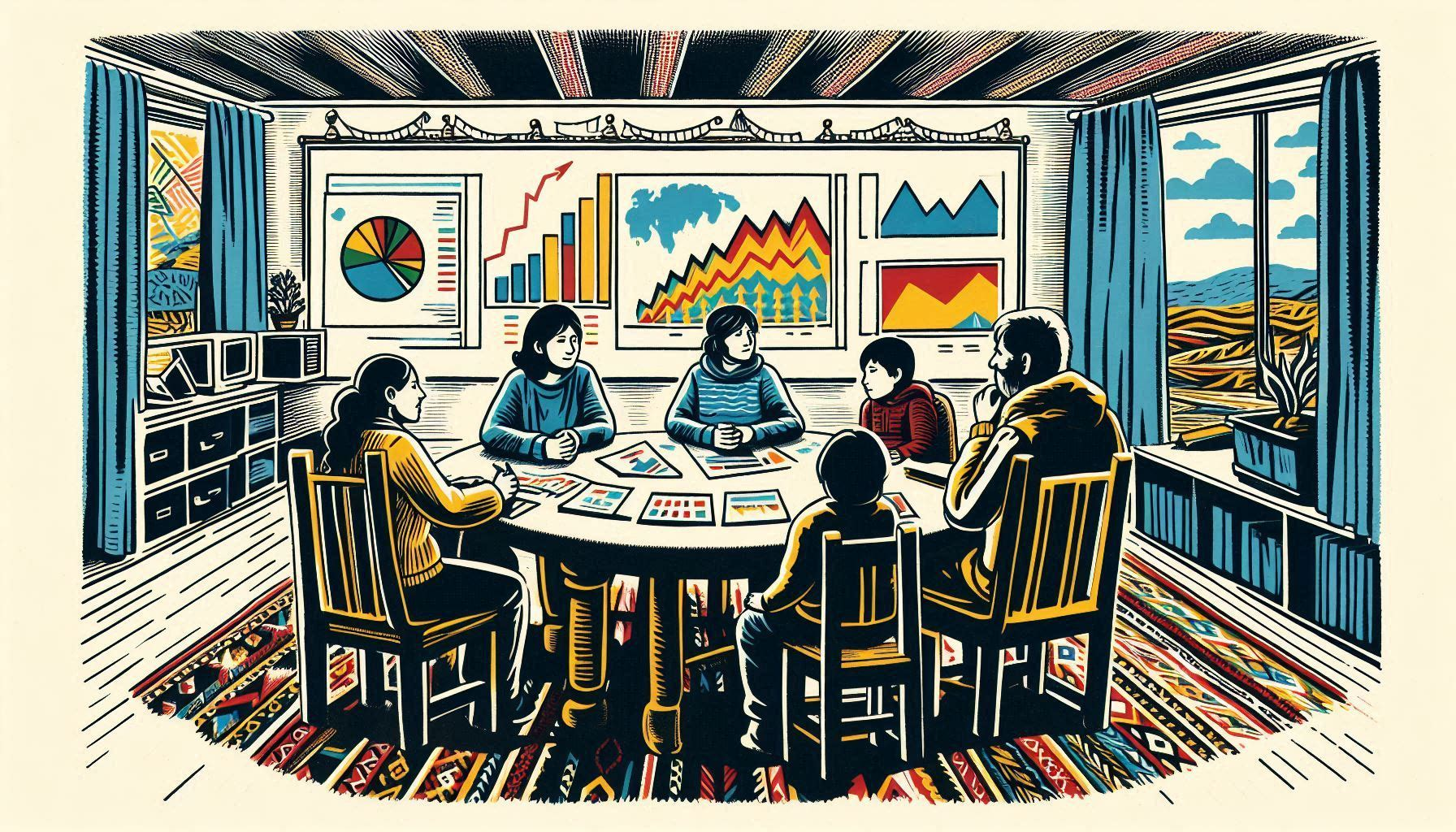
· Cuñapé · Economía · 4 min read
¡Hola a todos mis compatriotas bolivianos! Are you as concerned as I am about the currency crisis we’re experiencing? I’ve been following the news, discussions on social networks, and even chats on the streets, and I feel we’re missing something important.
We all talk about the dollar shortage, the long lines at gas stations, and how this affects our daily lives. But do we really understand what’s going on with our economy? Between those who blame the government and those who call for quick fixes, I think we’re forgetting to look at the big picture.
That’s why I want to invite you to explore the roots of this situation together. In this post, we’re going to unpack our economic reality using basic principles that we can all understand. Don’t worry, it won’t be a boring economics class, but a journey to better understand what’s happening in our beloved Bolivia.
And this is just the beginning. In a second part, we’ll venture to imagine how this situation could develop in the future, for better or worse. So, are you ready to better understand our economy? Let’s unravel this economic mystery together!
Key Economic Principles
Before diving deeper into Bolivia’s foreign currency crisis, let’s clarify two key economic concepts: foreign investments and trade deficits. Understanding these will provide the necessary background to grasp the intricacies of our situation.
Foreign Investments: More Than Just Money
Foreign investment refers to the inflow of capital from other countries into our economy. These investments can take several forms:
Foreign Direct Investment (FDI): When a foreign company establishes operations or acquires assets in Bolivia. For example, the Chinese company Sinosteel’s investment in the Mutún iron ore project.
Foreign Portfolio Investment (FPI): When foreign investors purchase Bolivian stocks or bonds.
For Bolivia, foreign investments are vital. They bring in not only capital but also technology, expertise, and employment opportunities. A healthy level of foreign investment can boost our economic growth and strengthen our foreign exchange reserves, which are essential for maintaining currency stability and funding imports.
Trade Deficits: When Imports Outweigh Exports
A trade deficit occurs when a country imports more goods and services than it exports. This means more money is flowing out of the country to pay for imports than is coming in from sales of exports.
In Bolivia’s case:
- Major exports: Natural gas, minerals, soybeans
- Major imports: Machinery, vehicles, refined petroleum products
While trade deficits aren’t inherently negative, persistent deficits can lead to increased borrowing or depletion of foreign currency reserves, potentially weakening our currency.
How These Principles Apply to Bolivia’s Current Crisis
Now that we understand these concepts, let’s examine how they’re influencing our current foreign currency crisis.
Foreign Investments in Bolivia: A Changing Landscape
Historical Attraction
Bolivia has long attracted foreign investments, particularly in our rich natural resource sectors like natural gas, mining, and agriculture. These investments have historically boosted our economy, creating jobs and bringing in new technologies.
Recent Challenges
However, recent political and regulatory uncertainties have dampened investor confidence. Changes in government policies, such as increased regulation and taxation in the extractive industries, have made foreign investors wary. This has led to a slowdown in investment inflows.
Impact on Foreign Exchange
This reduction in foreign investment has strained Bolivia’s foreign exchange reserves. With fewer U.S. dollars and other foreign currencies entering our economy, we’re facing a shortage of foreign currency.
Trade Deficits and Their Impact: A Delicate Balance
Reliance on Key Exports
Bolivia’s trade balance has been challenging. Our heavy reliance on exporting a few key commodities, like natural gas and minerals, makes us vulnerable to global price fluctuations.
Recent Trends
In recent years, falling prices for natural gas and minerals have reduced our export revenues, contributing to a widening trade deficit. As this deficit grows, Bolivia faces increased pressure to use its foreign currency reserves to pay for essential imports, further exacerbating the crisis.
Exchange Rate Challenges
Moreover, efforts to maintain a fixed exchange rate to stabilize our domestic economy have backfired. Our central bank has been depleting reserves to support the boliviano, which also deters necessary adjustments that might otherwise make our exports more competitive.
The Combined Effect: A Perfect Storm
The interplay between dwindling foreign investments and an expanding trade deficit has created a precarious situation for Bolivia. Without sufficient foreign currency reserves, our ability to stabilize the currency, pay off international obligations, and import critical goods is compromised.
At the heart of Bolivia’s challenges is the need for comprehensive strategies that:
- Enhance investor confidence
- Ensure a more diversified export base
This would not only reduce our dependency on a few commodities but also help balance the trade deficit over time.
What’s Next?
Stay tuned for the second part of this series, where we’ll dive into possible future scenarios and what they could mean for Bolivia’s economy and our daily lives.
¡Hasta la próxima, compatriotas! Let’s continue this important conversation about our economic future.


